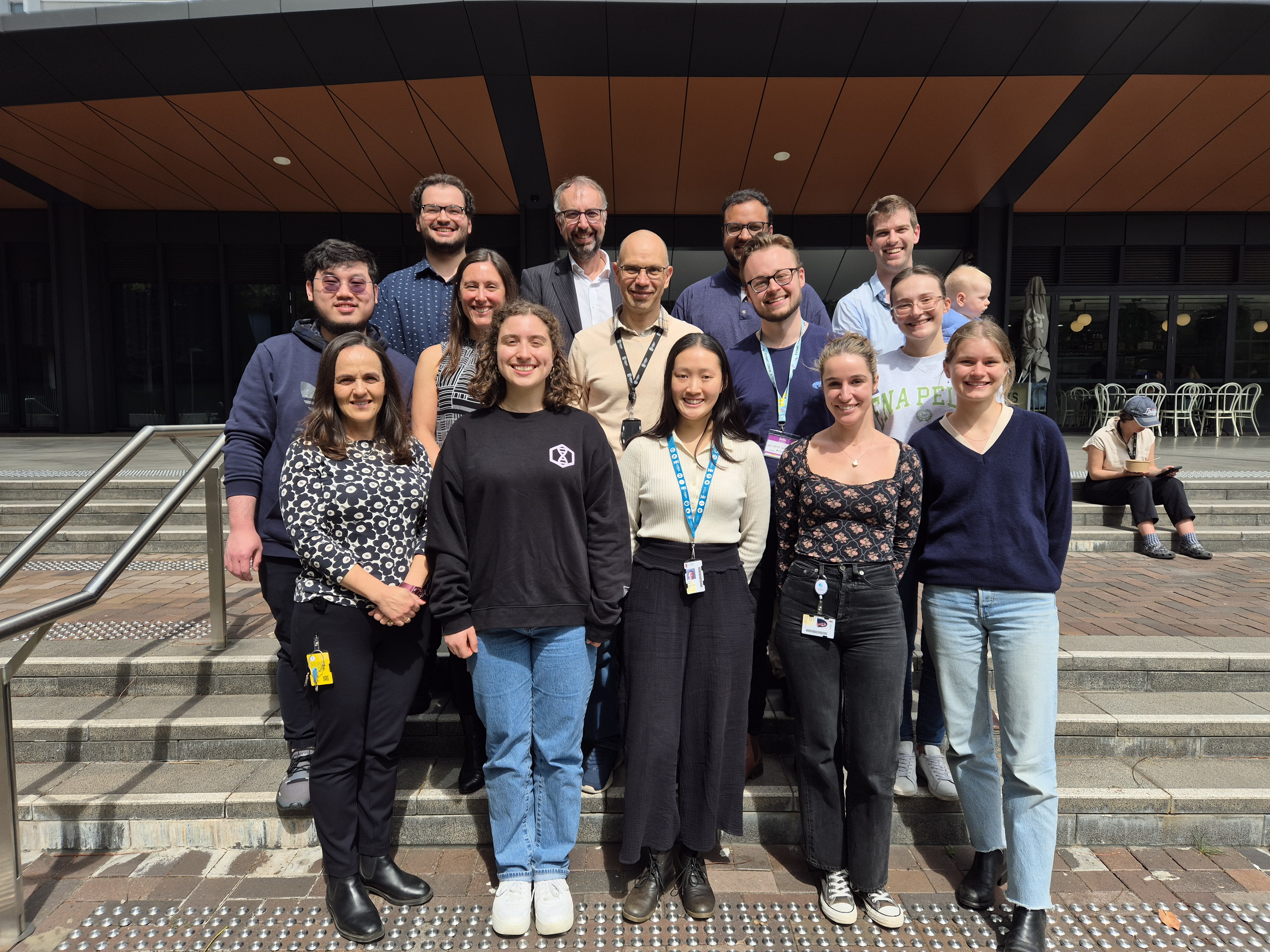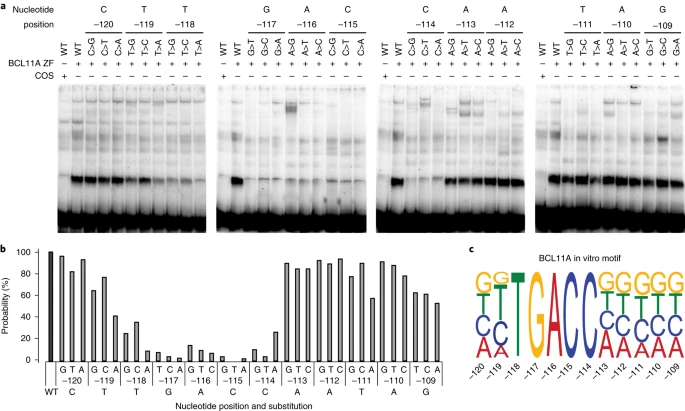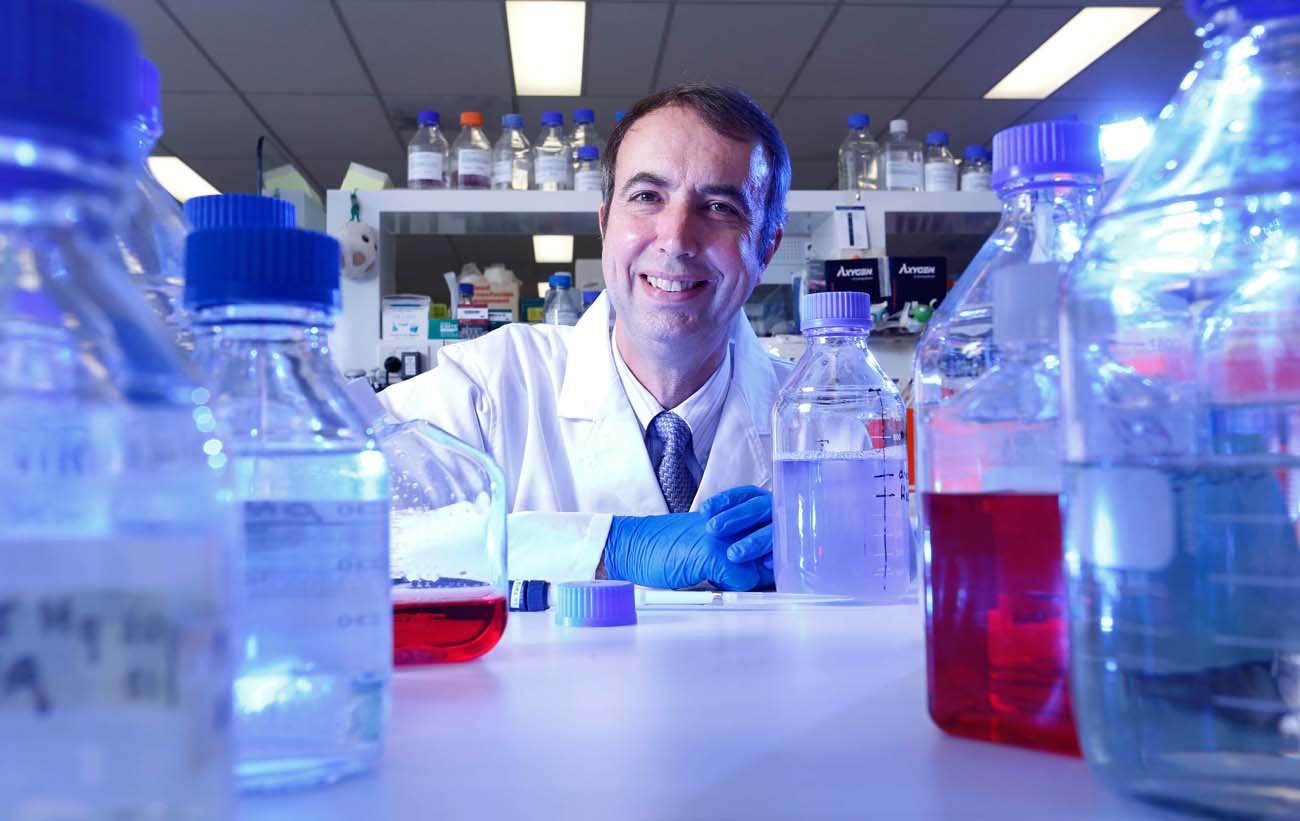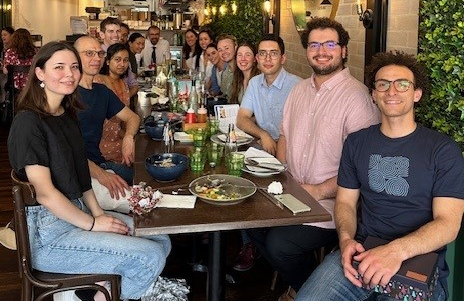Crossley Lab

Highlights

Browse our publications
In recent years we have published papers in Nature Genetics, Nature Communications, Blood, and Nucleic Acids Research on mechanisms underlying HPFH and on how zinc finger proteins identify their target genes. We continue to explore how promoters interact with enhancers, and how transcription factors operate.

Our Research
Recently we have been focussing on naturally occurring mutations that boost fetal globin gene expression, and are associated with Hereditary Persistence of Fetal Hemoglobin (HPFH). We have characterised the mechanisms of action of point mutations in the fetal globin promoter, and larger deletions that remove the adult promoter and alleviate enhancer competition. Editing in these mutations with CRISPR represents the latest therapy for beta-hemoglobinopathies, such as Sickle Cell Disease and thalassemia.

Our Team
The lab is a vibrant learning environment, hosting a good number of PhD students, some final year undergraduates (Honours students), and a smaller number of postdocs, in a state of the art modern building on the University of New South Wales (UNSW) campus near the centre of Sydney. UNSW was recently ranked 19th in the world in the QS rankings, and is known for its technological capability, entrepreneurship and commitment to a just society. We work closely with the lab of Professor Kate Quinlan who leads leads some of our globin projects as well as focusing on eosinophil biology and beige fat.
